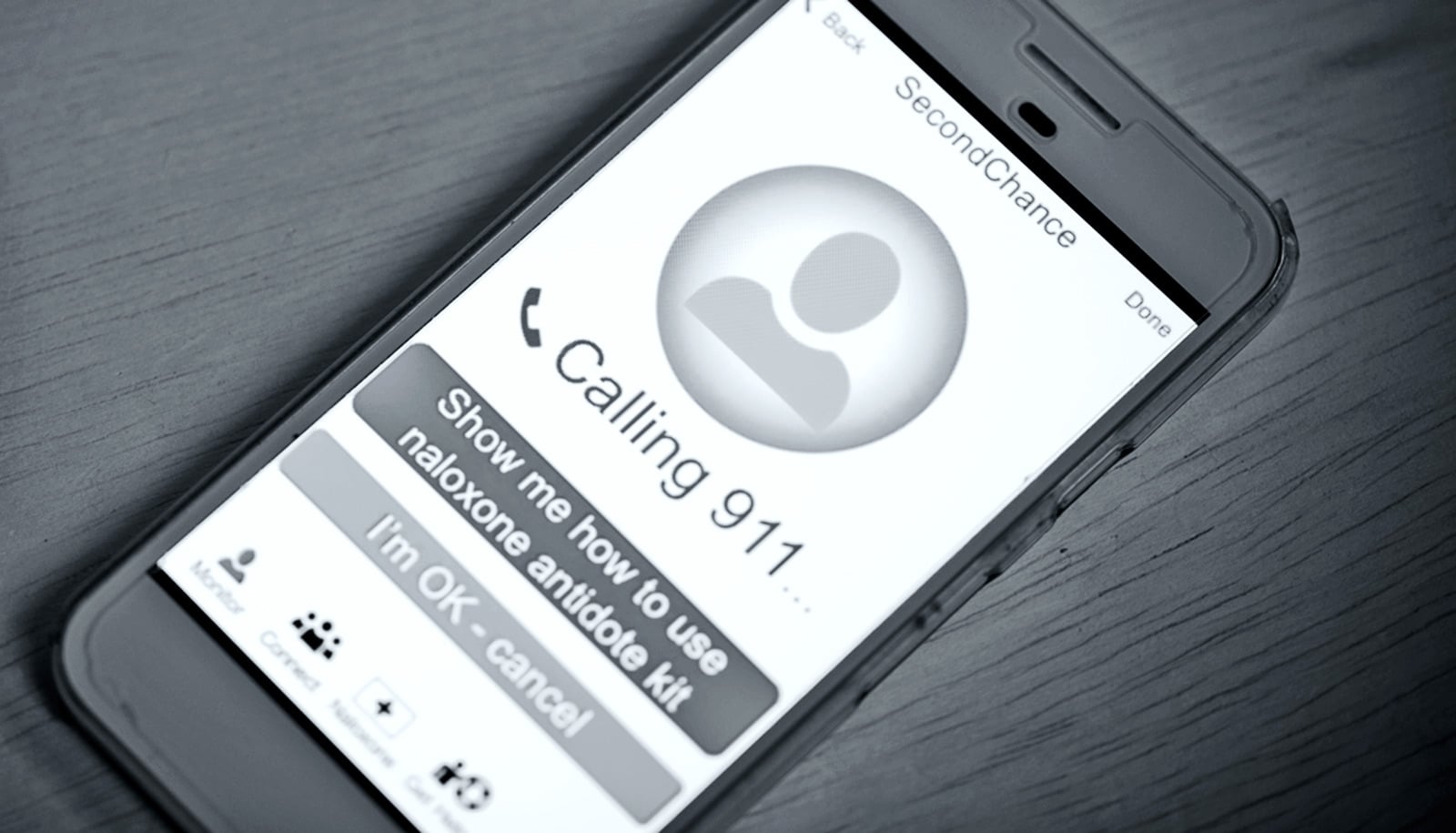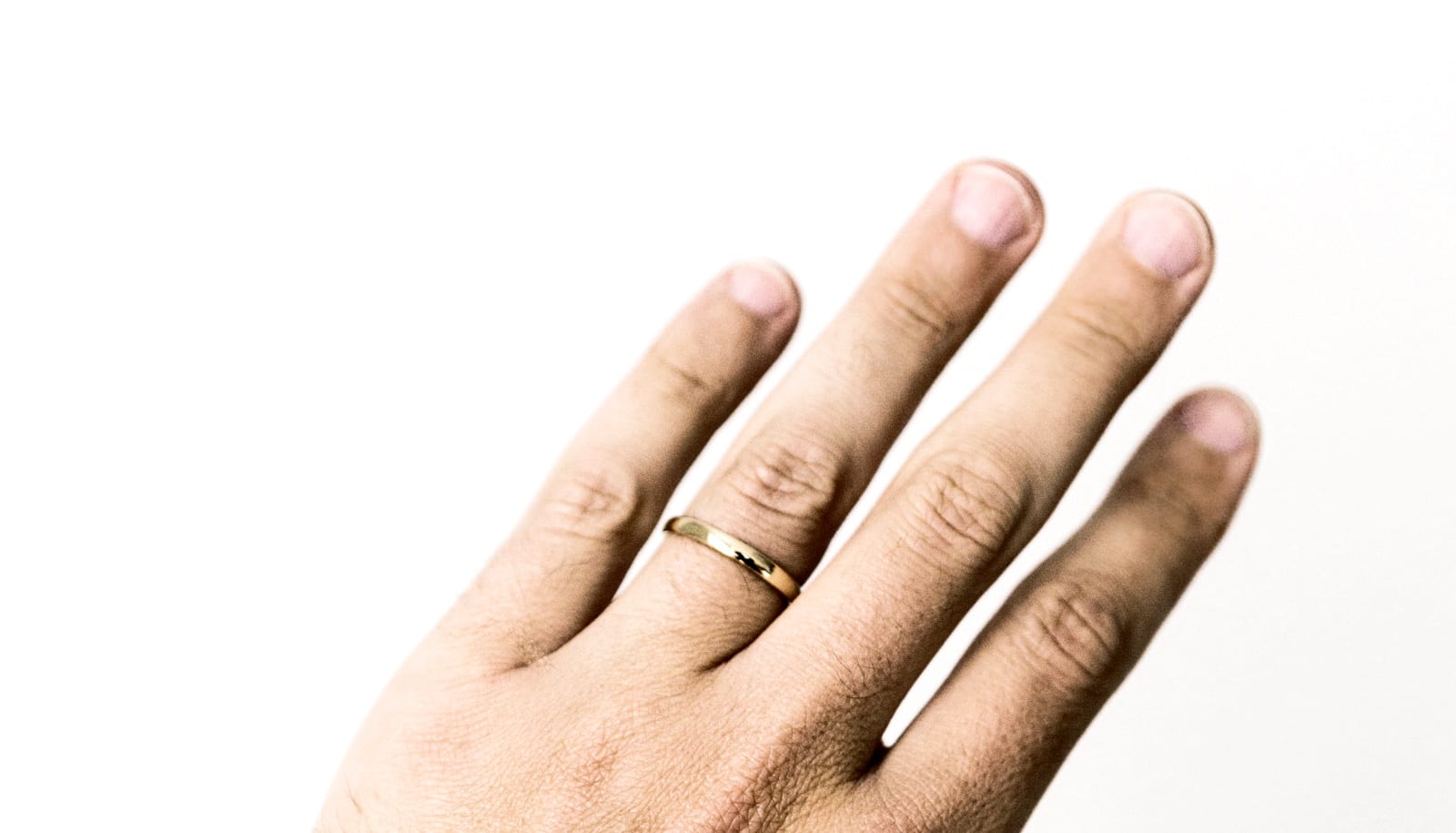A new app that uses sonar to monitor breathing rate can sense when someone has overdosed on opioids.
During an overdose, a person breathes slower or stops breathing altogether. These symptoms are reversible with the drug naloxone if caught in time. But people who use opioids alone have no way of asking for help.
The app, called Second Chance, accurately detected overdose-related symptoms about 90 percent of the time and can track breathing up to three feet away from the phone.
“The idea is that people can use the app during opioid use so that if they overdose, the phone can potentially connect them to a friend or emergency services to provide naloxone,” says co-corresponding author Shyam Gollakota, an associate professor in the University of Washington’s Paul G. Allen School of Computer Science & Engineering.
“Here we show that we have created an algorithm for a smartphone that is capable of detecting overdoses by monitoring how someone’s breathing changes before and after opioid use.”
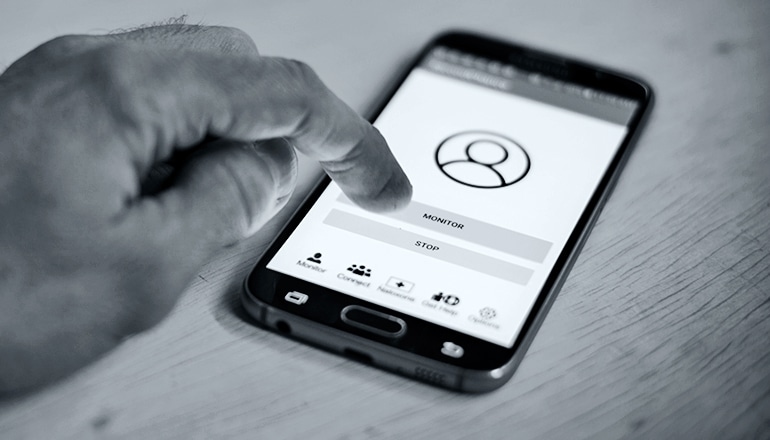
7 breaths per minute
As reported in Science Translational Medicine, the app sends inaudible sound waves from the phone to people’s chests and then monitors the way the sound waves return to the phone to look for specific breathing patterns.
“We’re looking for two main precursors to opioid overdose: when a person stops breathing, or when a person’s breathing rate is seven breaths per minute or lower,” says co-corresponding author Jacob Sunshine, an assistant professor of anesthesiology and pain medicine. “Less than eight breaths per minute is a common cutoff point in a hospital that would trigger people to go to the bedside and make sure a patient is OK.”
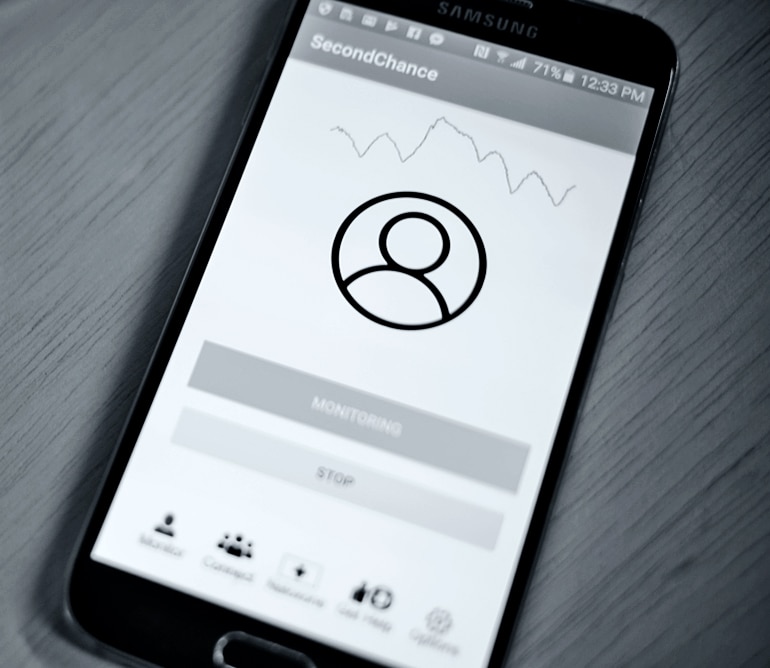
Second Chance also monitors how people move.
“People aren’t always perfectly still while they’re injecting drugs, so we want to still be able to track their breathing as they’re moving around,” says lead author Rajalakshmi Nandakumar, a doctoral student in the Allen School. “We can also look for characteristic motions during opioid overdose, like if someone’s head slumps or nods off.”
Real-world data
To be able to use real-world data to design and test the algorithm behind the app, the researchers partnered with the Insite supervised injection facility in Vancouver, Canada. Insite is the first legal supervised consumption site in North America. As part of the study, participants at Insite wore monitors on their chests that also track breathing rates.
“We asked participants to prepare their drugs like they normally would, but then we monitored them for a minute pre-injection so the algorithm could get a baseline value for their breathing rate,” Nandakumar says. “After we got a baseline, we continued monitoring during the injection and then for five minutes afterward, because that’s the window when overdose symptoms occur.”
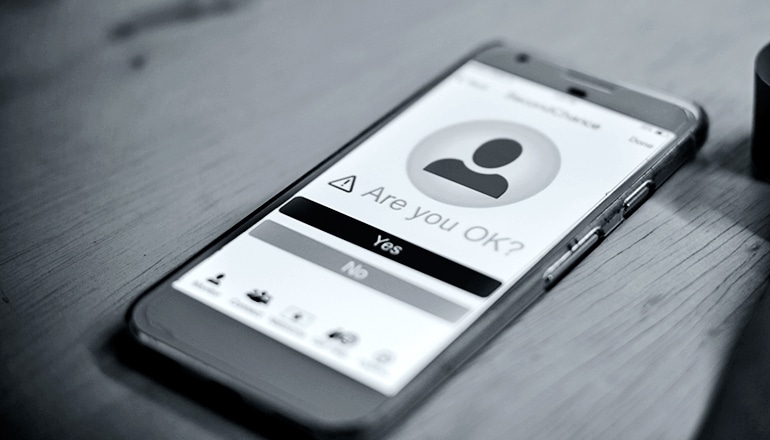
Of the 94 participants who tested the algorithm, 47 had a breathing rate of seven breaths per minute or slower, 49 stopped breathing for a significant period, and two people experienced an overdose event that required oxygen, ventilation, and/or naloxone treatment. On average, the algorithm correctly identified breathing problems that foreshadow overdose 90 percent of the time.
The researchers also wanted to make sure the algorithm could detect actual overdose events, because these occur infrequently at Insite. They worked with anesthesiology teams to “simulate” overdoses in an operating room, allowing the app to monitor people and detect when they stop breathing.
“…these overdoses are completely reversible phenomena if they’re detected in time.”
“When patients undergo anesthesia, they experience much of the same physiology that people experience when they’re having an overdose,” Sunshine says. “Nothing happens when people experience this event in the operating room because they’re receiving oxygen and they are under the care of an anesthesiology team. But this is a unique environment to capture difficult-to-reproduce data to help further refine the algorithms for what it looks like when someone has an acute overdose.”
For the simulation, researchers recruited healthy participants undergoing previously scheduled elective surgeries. After providing informed consent, the patients received standard anesthetic medications that led to 30 seconds of slower or absent breathing. The algorithm correctly predicted 19 out of the 20 simulated overdoses. For the one case it was wrong, the patient’s breathing rate was just above the algorithm’s threshold.
Early detection
Right now, Second Chance is only monitoring the people who use it, but the goal is to eventually have the app interact with users.
“When the app detects decreased or absent breathing, we’d like it to send an alarm asking the person to interact with it,” Gollakota says. “Then if the person fails to interact with it, that’s when we say: ‘OK this is a stage where we need to alert someone,’ and the phone can contact someone with naloxone.”
The researchers applied for FDA approval and have plans to commercialize the technology through a University of Washington spinout called Souapplnd Life Sciences, Inc. While the app could be useful for all forms of opioid use, so far researchers have only used it to test illegal injectable opioid use because those overdose deaths are the most common.
“We’re experiencing an unprecedented epidemic of deaths from opioid use, and it’s unfortunate because these overdoses are completely reversible phenomena if they’re detected in time,” Sunshine says.
“The goal of this project is to try to connect people who are often experiencing overdoses alone to known therapies that can save their lives. We hope that by keeping people safer, they can eventually access long-term treatment.”
The University of Washington Alcohol and Drug Abuse Institute and the National Science Foundation funded the work.
Source: University of Washington
